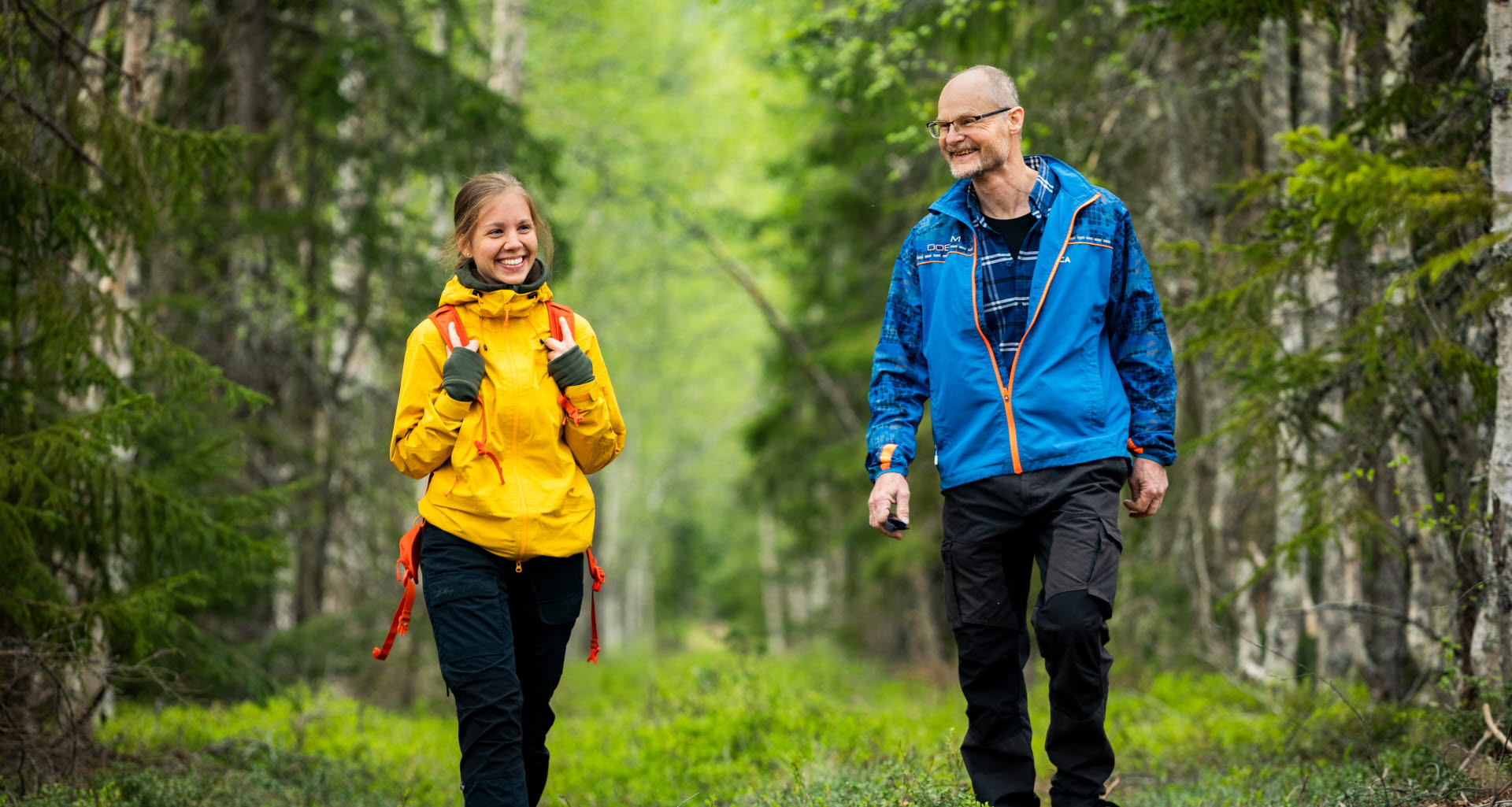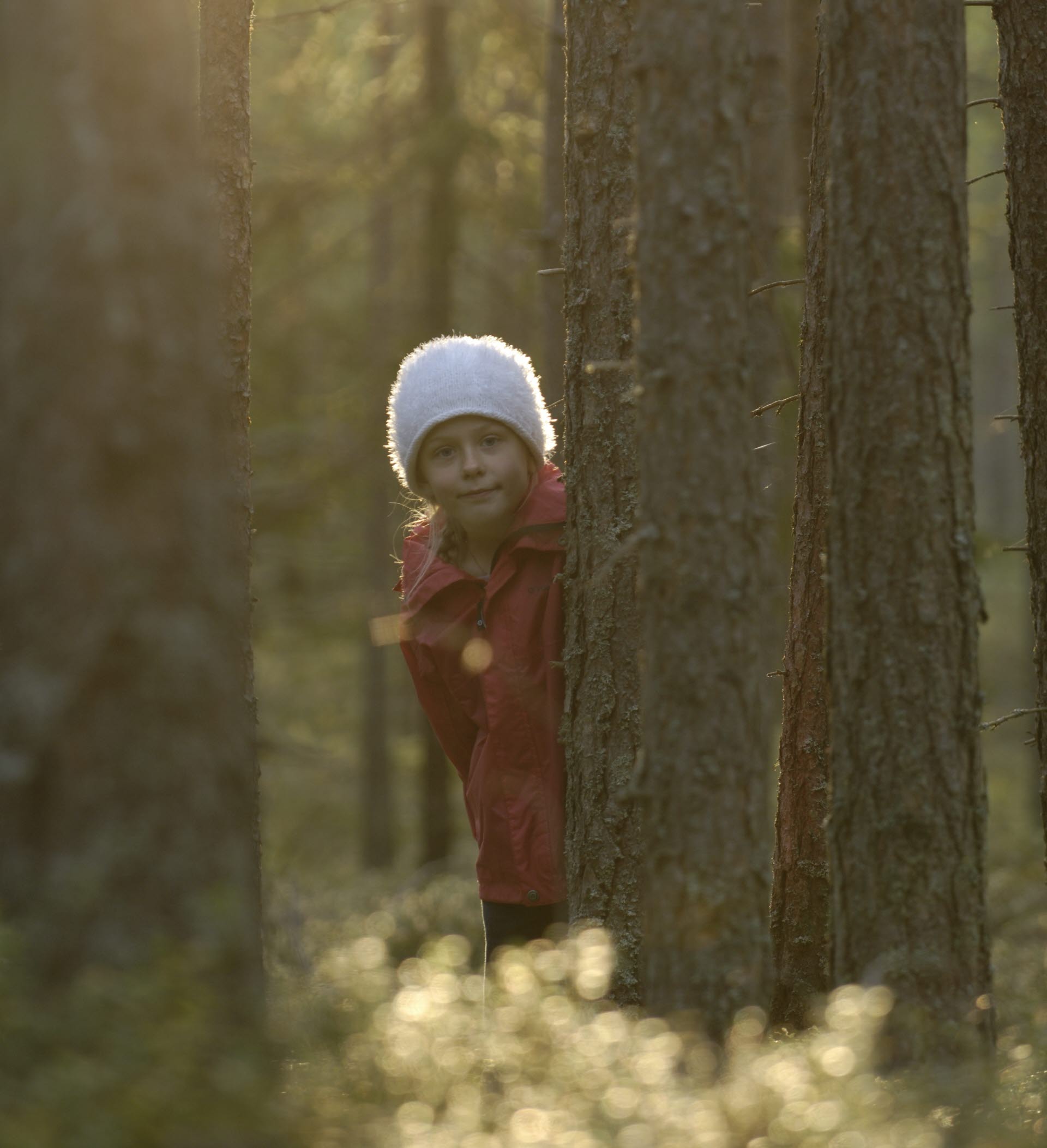The forest’s green cycle is unique. It provides the opportunity to borrow carbon dioxide from nature’s green carbon cycle. In this way, it is possible to create sustainable products that do not contribute any new carbon dioxide into the atmosphere.
In the green cycle, carbon atoms move between the forest, forest products and the atmosphere – and back again. This is what happens: Through photosynthesis, trees use carbon dioxide from the air to build wood fiber. The raw material from the forest then becomes solid-wood products, pulp, paper and renewable energy. Timber houses can retain carbon for several generations, while paper is recycled and used several times. And finally, the worn-out wood fiber is used for energy production and again becomes carbon dioxide, which is reabsorbed by growing trees. It is a perpetual and sustainable cycle.
There is a crucial difference between this type of carbon dioxide, called biogenic carbon dioxide, and carbon dioxide from fossil sources. Since biogenic carbon dioxide is part of nature’s cycle it does not affect CO2 levels in the atmosphere. The carbon cycle has been continuing for thousands of years and was the same before humans existed. Even if people do not burn wood fibers they still become carbon dioxide eventually when trees naturally decompose. But in parallel, new seedlings have always emerged and the forest’s trees have grown, which meant the carbon dioxide was reabsorbed.
Unique advantages of forest raw materials
This provides raw material from the forest with unique advantages. When we manufacture products from these raw materials we do not contribute new CO2 to the atmosphere, instead we borrow CO2 from nature’s green cycle.
On the other hand, fossil materials use CO2 that was absorbed from the atmosphere many millions of years ago and was then stored as coal, oil and natural gas. When we mine or extract the fossil carbon and use is as energy or in products, the amount of carbon dioxide in the atmosphere will increase and strengthen the greenhouse effect.
To limit global warming, we must quickly reduce emissions from fossil materials and here the forest industry has a crucial role to play. By using sustainable raw materials from the forest, fossil carbon can stay in the ground.



